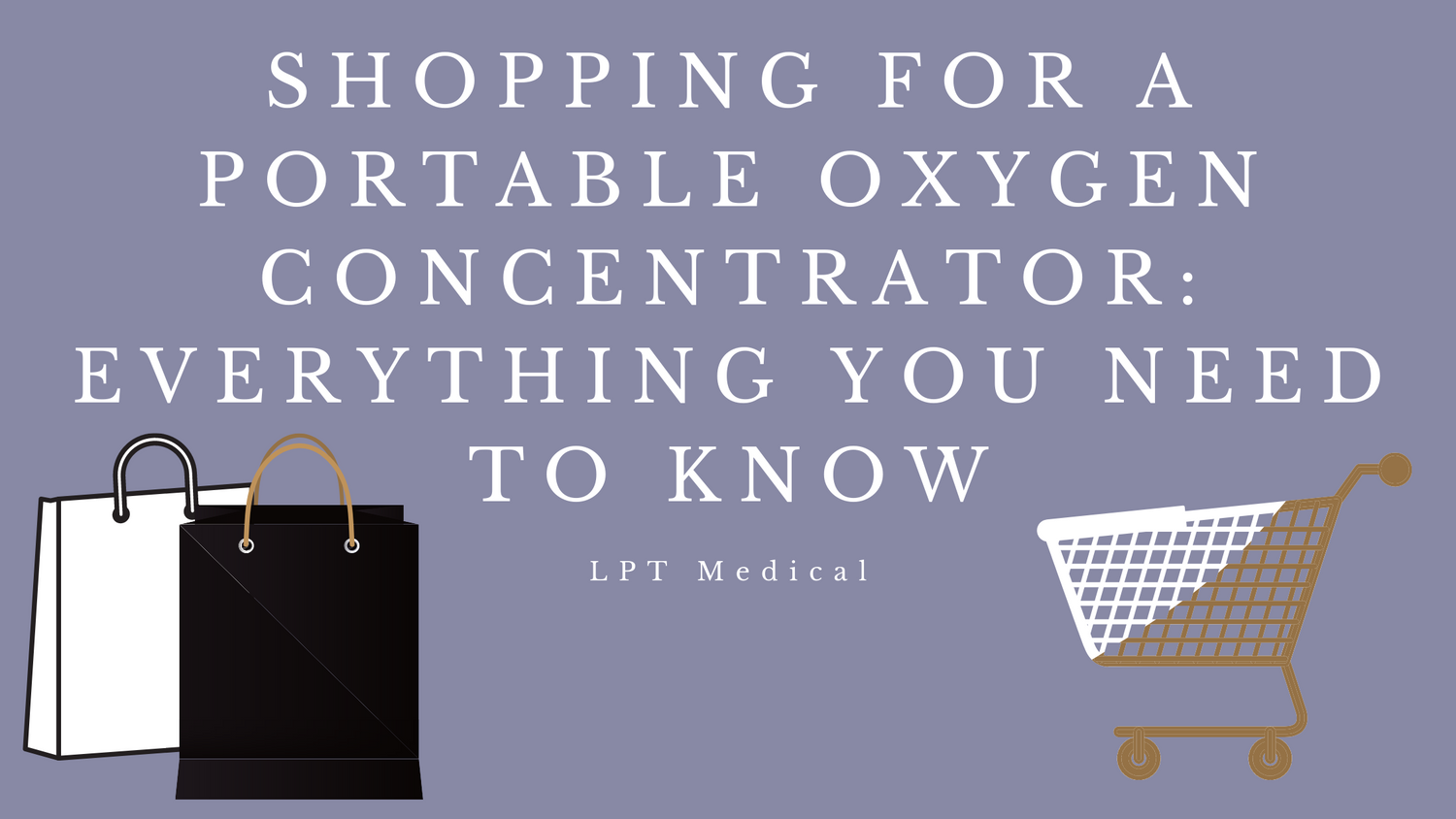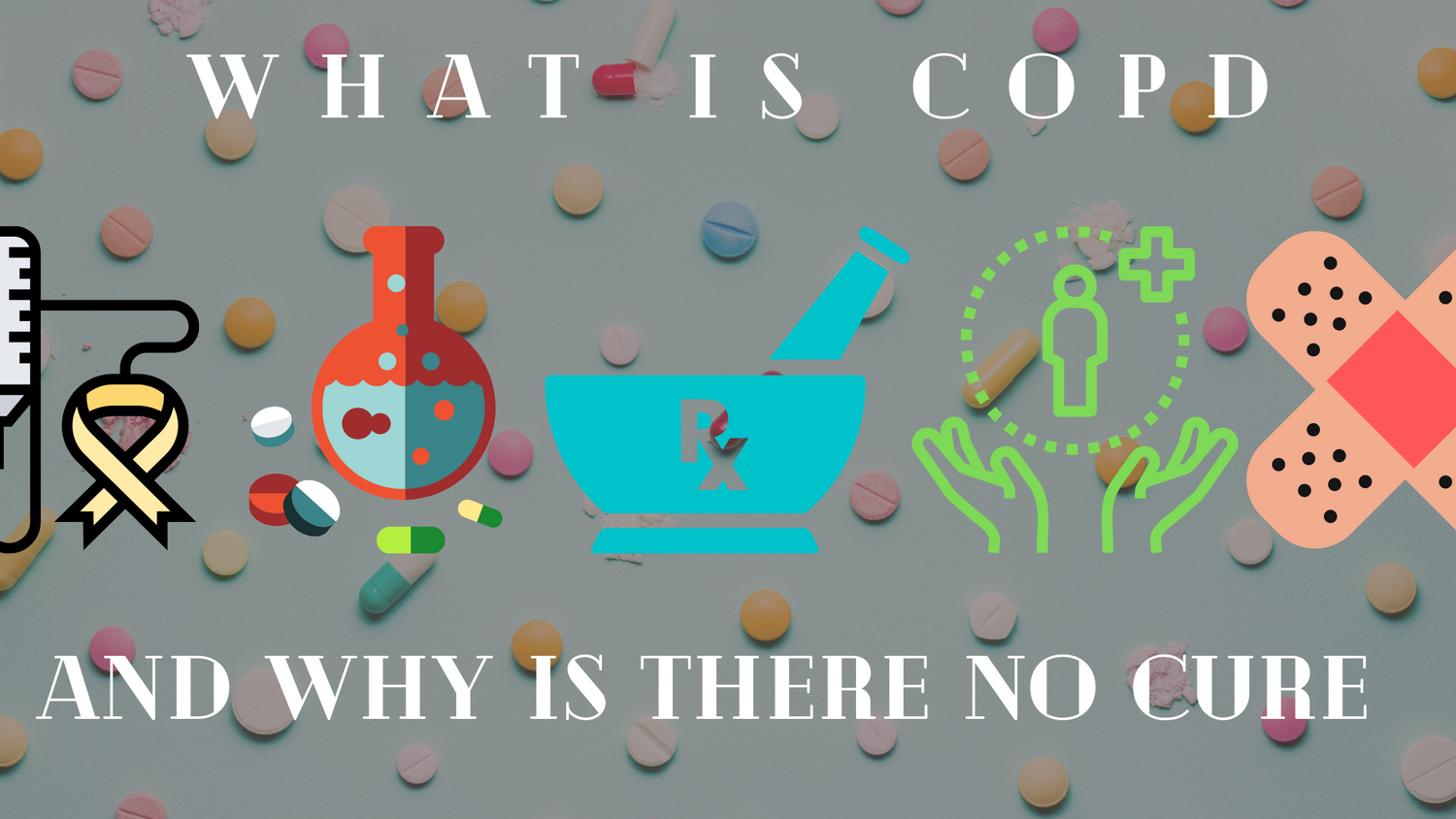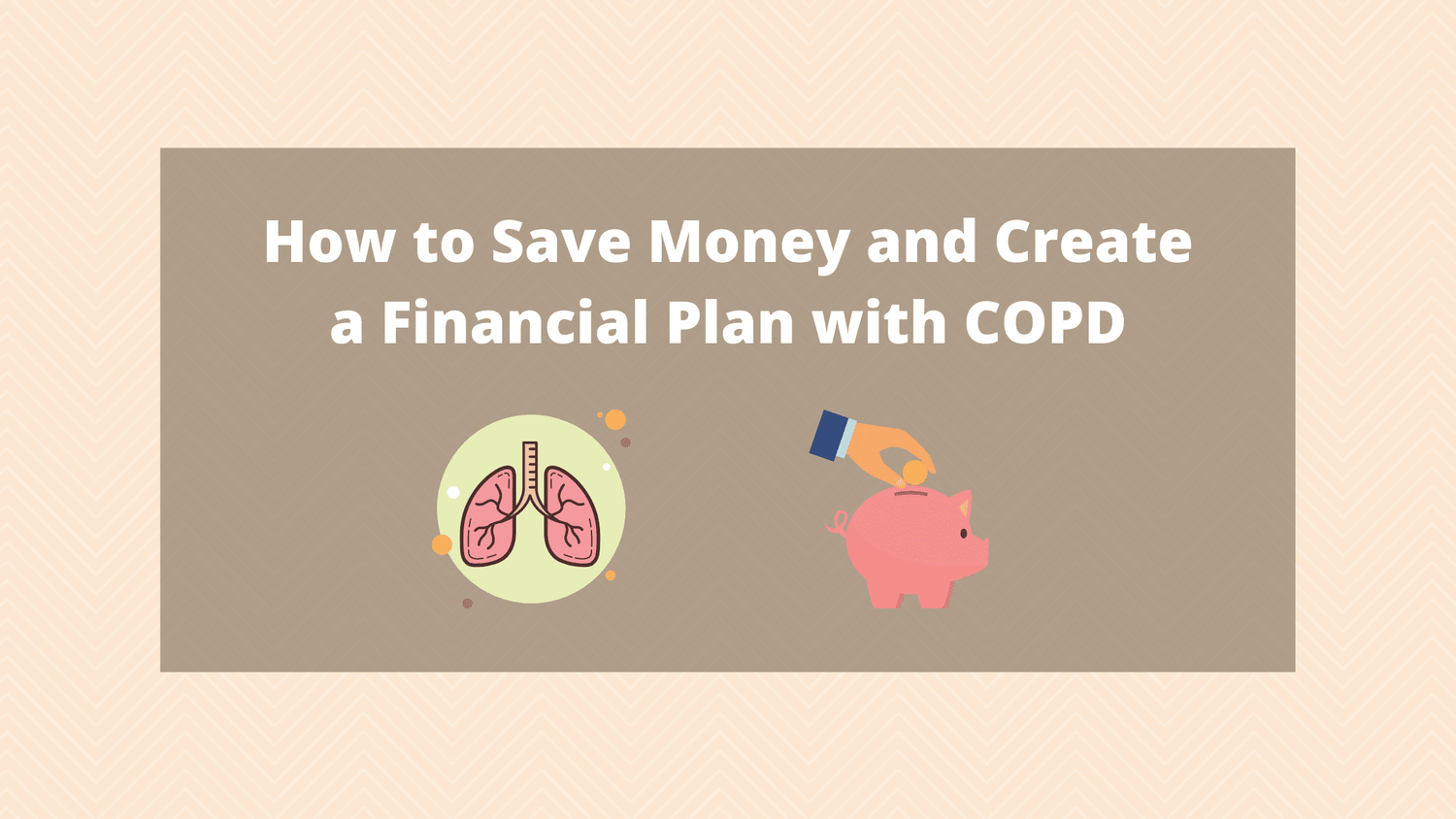Respiratory Resource Center - LPT Medical
Shopping for a Portable Oxygen Concentrator: Everything you Need to Know
If you are new to the world of...
Read MoreHow to Save Money and Create a Financial Plan with COPD
Creating an effective financial plan is essential no matter...
Read More


